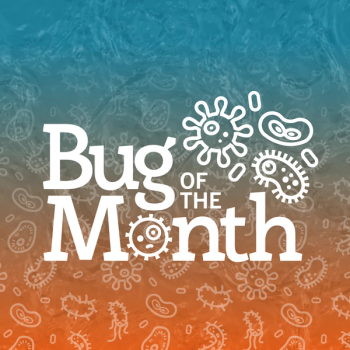
Researchers Predict Risk from Mosquito-Borne Disease
South DakotaStateUniversity scientists will use research on two continents to develop models for predicting where and when the risk from mosquito-borne diseases is greatest.
The four-year project is funded by a grant of $1,079,300 from the National Institute of Allergy and Infectious Diseases, part of the National Institutes of Health.
The project will use West Nile virus infections in the state of South Dakota and malaria infections in the nation of Ethiopia as case studies from which to build predictive models. Using a technique called ecological forecasting, the researchers will gather data about factors such as temperature, precipitation and vegetation greenness in order to better understand what factors affect the severity of outbreaks of mosquito-borne illnesses in a given region or season.
“If we look at what’s going on in the springtime and early summer, maybe that’s going to tell us something about whether we’re likely to have, in a particular place, a high or low year in terms of disease incidence,” said associate professor Michael Wimberly, a senior research scientist in SDSU’s Geographic Information Science Center of Excellence. “The idea is to develop some practical tools that will give us these spatial and temporal predictions.”
Wimberly is the study’s principal investigator. His co-investigators are professor Geoff Henebry, also of SDSU’s Geographic Information Science Center of Excellence; professor Mike Hildreth of the SDSU Department of Biology/Microbiology and the Department of Veterinary Science; assistant professor Yi Liu of SDSU’s Department of Electrical Engineering and Computer Science; and SDSU adjunct professor Gabriel Senay, a research scientist at the U.S. Geological Survey’s Center for Earth Resources Observation and Science, or EROS.
The research builds in part on Hildreth’s ongoing SDSU research in conjunction with the South Dakota Department of Health and the South Dakota Cooperative Extension Service. Hildreth’s work has focused on time elements involved in West Nile virus infections — both when infections are most likely to occur during the season, and at what hours the mosquitoes that transmit West Nile virus are most likely to be biting. Researchers from SDSU’s Geographic Information Science Center of Excellence and EROS will add a new element by focusing on the geography of mosquito-borne diseases.
Hildreth said that new direction in SDSU research makes perfect sense because transmission of mosquito-borne diseases depends on both spatial and temporal elements. It happens when humans are in the wrong place at the wrong time.
Wimberly said there are substantial differences between malaria and West Nile virus. West Nile virus relies on birds as a reservoir for the virus, so the disease is actually transmitted by mosquitoes from infected birds to humans. With malaria, the virus is transmitted from an infected human to another human.
Despite the differences, geographic information science can add to what is known about both diseases, he said.
“What we’re going to do is use similar techniques and similar data sets with the two diseases,” he said.
Wimberly added that the researchers will work closely with the South Dakota Department of Health in the West Nile virus component of the research and with non-governmental organizations in Ethiopia that deal with malaria. The idea is to get feedback on the predictive models from health workers, Wimberly said, in order to make the tools as useful as possible.
Newsletter
Stay prepared and protected with Infection Control Today's newsletter, delivering essential updates, best practices, and expert insights for infection preventionists.





